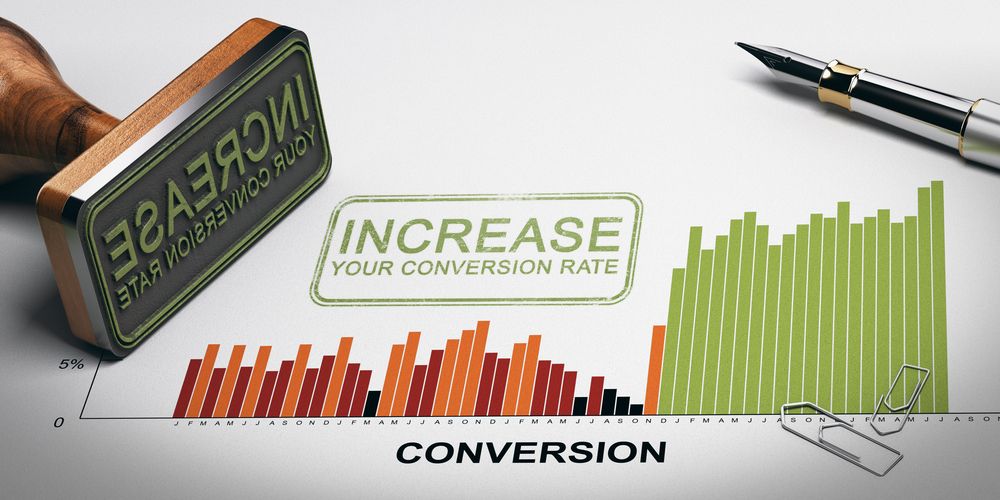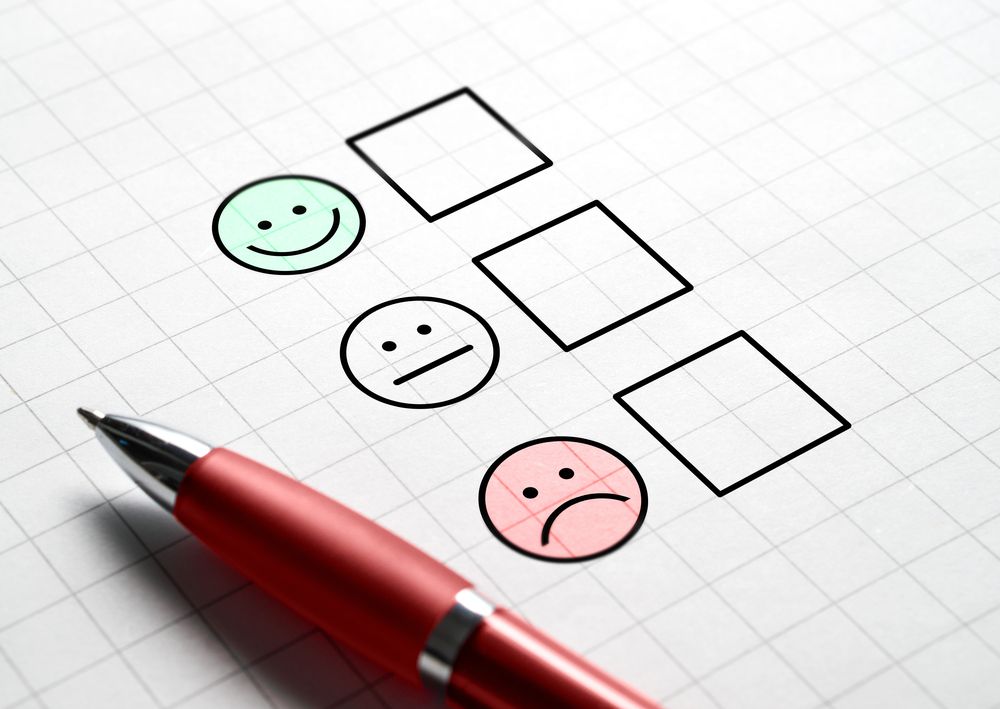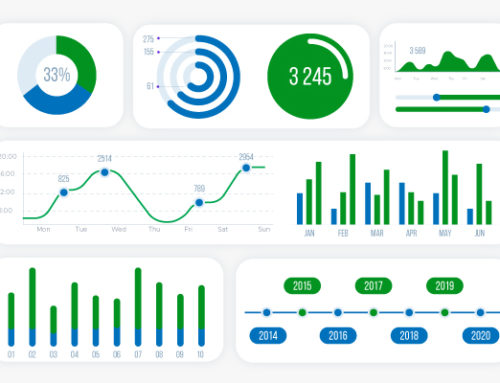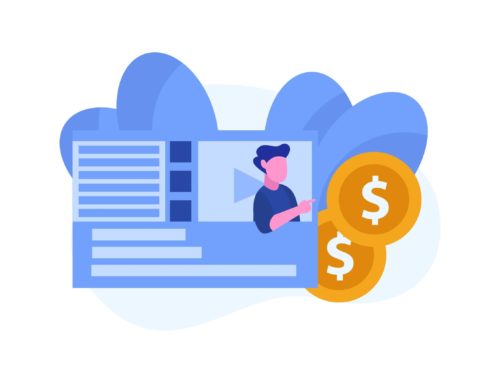What do you do when your website traffic is high but conversions are low? Do you generate more traffic via organic search, Google Ads and Facebook Ads to boost conversions? Or do you optimize your website to increase conversions by leveraging your existing traffic?
If you picked the first option, it’s time to introduce you to the amazing world of Conversion rate optimization (CRO). And if your answer was the second, we have a few tricks for you to try. Let’s dive in!
What is Conversion Rate Optimization (CRO)?

Conversion rate optimization is the systematic way of boosting the number of visitors that take a desired action on your website. This action can range from filling a form, chatting with an agent, calling your offices or even becoming a customer.
The key to CRO is understanding how visitors interact with your site: how long they stay, the pages they visit and why they leave before completing your desired action. This understanding helps you take optimization actions that improve the overall experience for visitors.
Say you have a great blog post explaining a legal topic that gets over 5k visits every month but only 50 people click on the CTAs and take action. With CRO techniques, you or the law firm internet marketing company you work with can find out why people don’t click on your CTAs and remedy that to increase conversions.
Is CRO right for your website?
The answer is yes!
Once your website starts generating traffic, it is time to think about optimization to make sure those visitors convert. Because demand for your product/service is limited, optimizing and leveraging existing traffic to increase conversions is important.
Still not convinced? Here are some benefits of doing CRO on your website:
- CRO helps improve user experience on your website. This improved user experience keeps visitors on your website for longer and increases their chances of converting.
- Implementing CRO best practices can increase ROI but better monetizing existing traffic and maximizing current ad spend budgets
Any process that saves you money and boosts ROI is a win in our book! Before we jump into elements to optimize, let’s talk about how to calculate conversion rate.
A conversion is a term used for when a visitor completes a desired action on your website. This action could be a micro one like subscribing to your newsletter, requesting a free quote or setting up a consultation.
You can calculate conversion rates from ad clicks, blog posts traffic or traffic to certain landing pages by dividing the number of conversions a particular page generates by the total number of visitors to that page.
Conversion rate = (Number of conversions/total number of visitors) x 100
Remember our blog post example above,
Its conversion rate = (50/5000) x 100 = 1%
Knowing this conversion rate for the blog post, you can now set a target conversion rate and use optimization techniques to improve conversions and reach your target. You can do the same with landing pages and or traffic from certain sources like Organic or Google Ads.
Website Elements You Can Optimize
Conversions do not just occur on one page on your website. They occur all over. Here are elements on your website you can optimize:
Landing Pages
These are designed with the sole purpose of converting traffic. The better designed a landing page is, the more likely it will convert traffic.
A visitor landing on your product or service page is most likely there because you captured their attention. It is up to that page to convert them. Your CTA placement and color, product/service information, copy and visual elements of the page must all work together to convert the traffic you are pushing towards the page. This is especially vital when you are driving paid traffic to your site.
Calls-to-action (CTAs)

CTAs require visitors to take a specific action like subscribing to a newsletter, signing up for a webinar or even getting a free quote. The color, copy and placement of your CTA can affect your conversions.
CTA buttons are better than image-based ones as people are used to clicking buttons and may miss the message with an image.
Website Copy
Words have the power to hook visitors. The copy on static pages like homepage and dynamic pages like blogs can turn visitors into leads. This makes website copy essential in your customer cycle and ripe for optimization.
Your website copy must answer questions that visitors are posing. It should be relevant to your users. The tone and writing style should make your brand sound human. Do not forget to use strong headlines and well placed CTAs throughout your website copy.
Forms
These are ubiquitous on most websites. They can range from the complex with many fields to the simple with just one or two fields. While simple forms may get filled faster, the complexity of the form depends on the needs of the website. For example, newsletter opt-ins may be two fields for name and email. The forms used by the sales team to close leads may have more fields.
Your forms should always be well-designed. And where possible, always use single sign-ons from Facebook or Google to make things easier for your visitors.
Navigation and Site Structure
An easy-to-navigate website keeps visitors for longer and improves your conversions. Ensuring that users can move between different sections of your website with the least amount of clicks keeps them engaged for longer.
If visitors are abandoning your website in droves, look at your website structure and optimize it so navigation is more intuitive. Since mobile usage has risen to 68.4% within 5 years, you also have to make sure that navigation for the mobile version of your website is just as fluid as the desktop version.
Page Speed

Page speed affects the performance of your website. This affects the experience of users on the site, conversion rate and even how search engines rank your site. Page speed is so important that even a second delay in speed can cost you up to 7% in conversions. Remember our blog post with 5000 visits and 50 conversions monthly? If the posts loads a second slower, our blog will lose nearly 4 conversions each month.
How to Succeed at CRO
Before you optimize different pages on your website, you need to know where to optimize, whom to optimize for and what elements to optimize. This data is what will make your CRO efforts a success.
There two main ways to gather this information:
Analytical data
Analytical tools like Google Analytics provide valuable insight into how visitors interact with your website and how you can make their experience better.
They answer questions like:
- Which landing pages get the most or fewest visits?
- What pages do users spend the most or least time on?
- What browsers and devices are people using to access your website?
- Where do they abandon the customer buying journey on your site?
This data from your analytical tools will show you where best to focus your optimization efforts. And that effort can have a massive impact on your conversions.
People data
While you can always trust analytical data, there is some information that it cannot provide. This kind of information you get by directly asking visitors and users of your website.

Surveying visitors and having users test your website can answer questions like:
- Why did they visit your website/specific pages on your site?
- How would they describe what your products/services to their friends and family?
- Do they feel like your website answers their questions or provides the services they need?
- Why your company and not a competitor?
A great tool you can use to gather people data is Hotjar. Combine data from your analytic tool and customers to get a complete picture of which areas of your website need optimization. This is the only way to improve user experience and conversions.
CRO Techniques to Get Started With
Now that you are armed with actionable data, below are some techniques to get started.
A/B testing landing pages
A/B testing is tightly bound with CRO and one of the areas you can test is the landing page. A landing page is important because it is where visitors to your website take the next step to become leads and for existing leads to engage more with your brand.
Given their importance in conversions, testing landing pages is a must. A/B testing tools like Optimizely and Convert help you test different variations of your landing pages to find the best variation that converts more!
Add text-based CTAs within blog posts
Do you have a blog post that gets a lot of traffic but with low conversions? The problem could be that you’re waiting until the end of the article to include your CTAs. Not every visitor who reads your blog post will get to the end. So, how do you target those skimmers?
A simple way to do this is to take a page out of HubSpot‘s book by including text-based CTAs within your blog posts. Place CTAs at strategic points in your blog posts to point people to other related articles, ebooks, white papers and other offers you have on your website. This way you increase the chances that people who “skim” your content will also convert.
Need help with CTAs for your content? Contact Rocket Pilots today.
Use live chat on high converting pages

When a lead takes a high intent action like visiting your product or services, do you just let them click away and hope they come back? No, you do your best to provide value and keep them on the page for longer. And one of the best ways of doing this is using live chat on pages that drive conversions for your business.
There are dozens of live chat tools on the market that makes doing this easy. You can even make your live chat pop-up time based. This way it only appears when someone has spent a set time on a particular page. Remember, services/product pricing pages are not the only high converting pages on your website. Use live chat software on the others as well.
Test your CTAs
Calls-to-action urge visitors to take a specific action essential in your conversion cycle. There are many things you can test with CTAs. Let’s start with the language you use to write your CTAs. Do you write your CTA copy in first or second person? The jury is still out on this as companies have found success using either. So, take some time to test your copy to find out whether visitors respond more to copy written in the first or second person.
Always test the colour of your CTA buttons. Is green a better color for your CTA than red? Green often denotes a positive while red is the opposite. You can even use orange for your CTA buttons like e-commerce giant, Amazon.
Placement of your CTA is also vital. Do you stick to the top alone or try other positions? Because of how essential CTAs are to the marketing process, testing different variations to see what works for your website is the only way to ensure more conversions.
Use retargeting to connect with site visitors
Many visitors to your website will not convert. This doesn’t mean you should call it quits. With retargeting, you can reconnect with visitors who left your site as they browse the web. This keeps your company visible to them and helps them come back to your website.
Retargeting is especially crucial for reconnecting with visitors who visited high-conversion pages on your website. As always, test your copy, CTA and landing page when using retargeting for site visitors.
Conclusion
Generating more traffic and hoping for more conversions is a time consuming and expensive tactic. CRO techniques require little effort to produce results. Rather than more money and time on new traffic, use the CRO techniques we talked about to re-engage your existing traffic and convert more visitors.
Law Firm Internet Marketing Company in San Diego
As always, I enjoy hearing from fellow optimizers on challenges and triumphs they have had with CRO. Leave a comment below. Or contact me directly for a consultation.
San Diego based law firm internet marketing company Rocket Pilots specializes in lawyer SEO, website design, PPC, and more.


